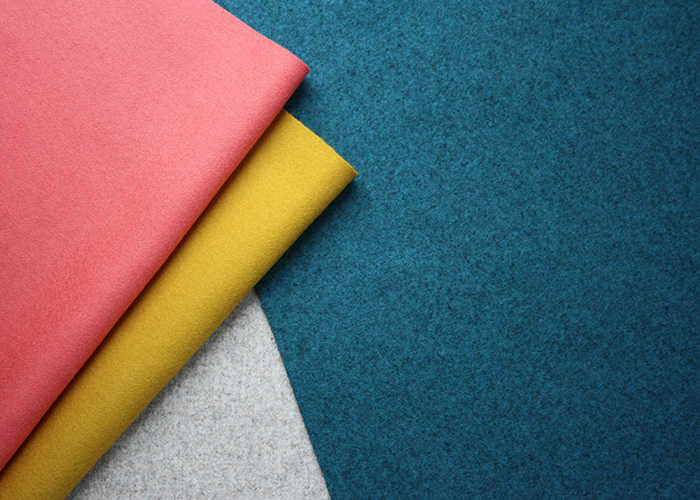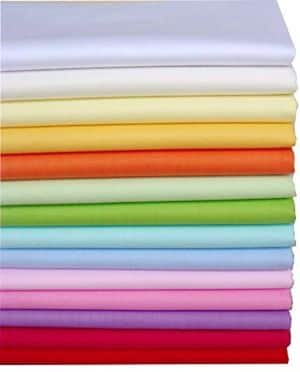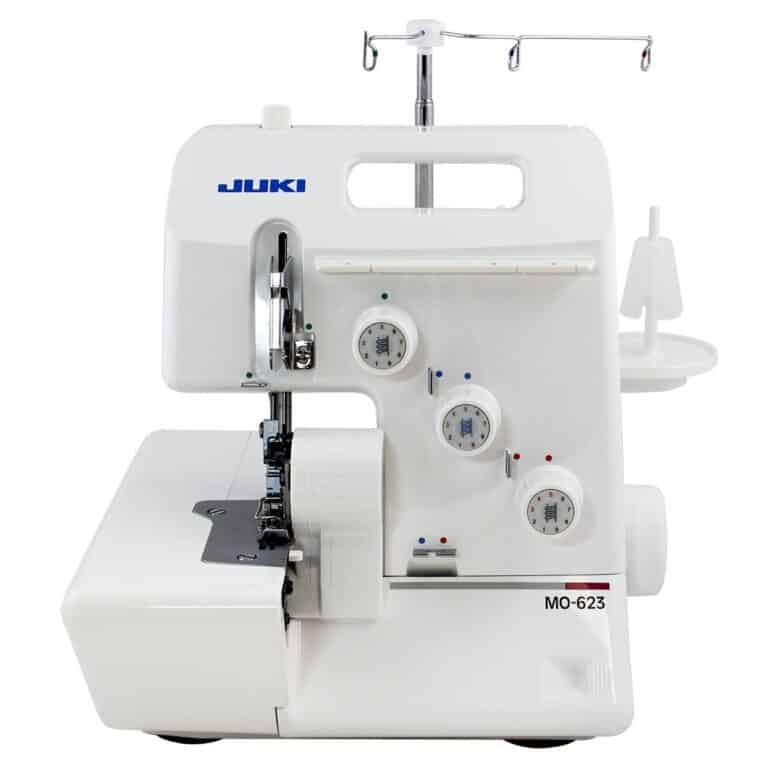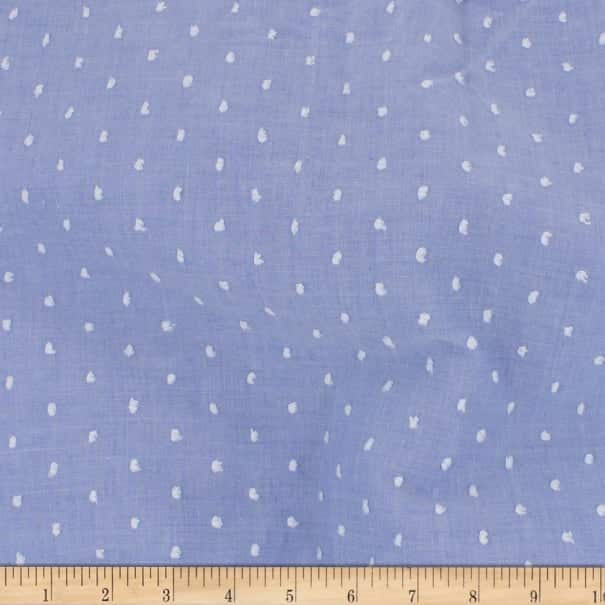Ripstop Fabric: History, Properties, Use, Care, Where to Buy
Table of Contents
Introduction to Ripstop Fabric
Ripstop fabric is a popular material in the textile market. It is a woven fabric, typically composed of nylon, that is strengthened through a reinforcing process that makes it more resistant to tears.
For the benefit of those who may not be aware of the term, “Ripstop” refers to a woven fabric constructed using a specific strengthening process that prevents tears from growing once they have occurred. That’s why it’s called a “Ripstop.”
What is the History of Ripstop Fabric?
The history of the ripstop weave method may be traced back to World War II. There was a lot of worry among the allies about rips destroying parachutes. Therefore, fabric researchers began working on developing a remedy to the problem.
The majority of this research was carried out at facilities either owned by or affiliated with the DuPont chemical business, which also led the charge in developing parachute canopies made of nylon.
After the members of the DuPont team were satisfied with the viability of their ripstop fabric weaving technology, they turned it over to the allies so that harder parachutes could be manufactured using it. It appeared as though Ripstop was off to an auspicious beginning.
However, until the decade of the 1960s, no additional work was done to advance the invention of Ripstop.
By 1980, the level of development of Ripstop fabric had reached a stage where the strategic sector was employing it in the production of BDUs and a wide variety of other types of gear that needed to withstand unrelenting stress and strain.
Properties of Ripstop Fabric
- It is a highly durable fabric.
- It is fine and smooth in texture
- It is a lightweight and strong fabric.
- It is comfortable to wear.
How is Ripstop Fabric Made?
During the weaving process, reinforcement threads that are more robust (and frequently greater thickness) are interlaced periodically in a crosshatch design. The distances between each one are normally between 5 and 8 millimetres.
Because the thicker yarns are intertwined in, the thinner material, Ripstop textiles that are more lightweight and slimmer have a composition that is just two-dimensional.
Silk, cotton, polyester, and polypropylene are some of the materials utilised in the production of Ripstop, and the nylon component of Ripstop is often restricted to the crosshatched strands that give it its tear-resistant properties.
Where is Ripstop Fabric Made?
Ripstop fabric is made mostly in the United States and Asian countries like India, Pakistan, and China. Since China is the leader in the textile market. Most of the fabric is produced from where consumers and garment makers can obtain it.
Common uses of Ripstop Fabric
Ripstop fabric is used for various garments along with different products.
Daily wear
Putting on your new skirts and dresses made from this fabric will give you a modern and up-to-date appearance in the fashion world.
Camping and Parachutes
Ripstop fabric is utilised to produce sails for yachts and parachutes, wingsuits, and kites.
Ripstop is typically used in camping gear such as tents, sleeping bags, and camping hammocks to limit the amount of wear and tear on the textiles of these items, which are in direct contact with the natural surroundings.
Military and Combat uses
Ripstop fabric is used for military combat suits, gear for firefighters, sports garments and other outdoor materials due to its durable nature.
Sewing with Ripstop fabric
Ripstop is a lightweight fabric that is difficult to sew. However, Sewing patterns and designs on the fabric can be done without a hindrance if one ensures using the correct sewing essentials and sewing notions and supplies.
It would help if you used a universal sewing needle for your Ripstop textiles. Also, sur to the slippery nature of the fabric, you should use a roller presser foot to prevent your cloth from being entangled within the machine.
The sewing thread should match the material you’re dealing with, making the fabric last longer. It would help if you also used smaller stitches when sewing the fabric.
To obtain a better-sewed fabric, you can use the best sewing machines like the Brother SE600 for better results. Keeping in mind these tips and tricks, you can easily sew the fabric to make clothes and garments of your choice.
Dyeing with Ripstop fabric
Those familiar with the material may be surprised to learn that Ripstop fabric may have different colours dyed onto it. This method is useful for fashion designers and customers who have their personal preferences in terms of design.
Depending on the fibres that make up the fabric, it might be possible to colour it. It is possible to use Rit All-Purpose Liquid Dye, the best fabric dye available, on items that have been manufactured using nylon, silk, cotton, polyester and other types of synthetic threads.
How to care for Ripstop Fabric?
Ripstop fabrics aren’t so hard to care for and can easily be washed and ironed.
Washing
- Use water at temperatures below 40 degrees to wash the fabric
- Handwashing is always the safest and most effective cleaning
- You should use a gentle laundry detergent if machine washing the fabric.
- The machine setting should be set to a normal cycle
- Hang drying is the best option
- Alternatively, you can tumble dry the garment on low,
Ironing
- Using a shark steam iron, press the fabric on the wrong side
- Use a low heat setting and a press cloth.
Where to buy Ripstop Fabric?
Fabric stores and garment shops both stock Ripstop, so you should be able to find it there. Clients also can purchase Ripstop fabric from online retailers and websites such as https://amzn.to/4b6kxLB and Amazon, both of which have the best Ripstop fabric currently on the market, such as the durable Nylon Rip-Stop White.
It can be sold in several ways depending on the seller;
- By yard
- By Inches
- Can be cut to order
Conclusion
Ripstop is a highly durable and lightweight fabric with multitudes of uses and sewing applications for designers and customers alike.
Sources





